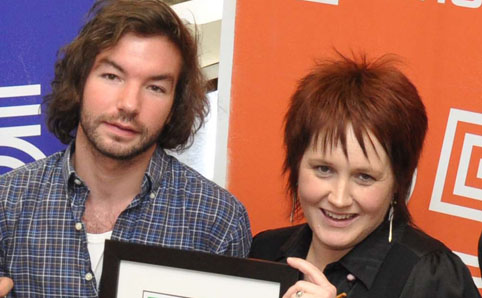Latest News Archive
Please select Category, Year, and then Month to display items
08 April 2020
|
Story Prof Francois Vreÿ, and Prof Hussein Solomon
![]()
The international response to the Corona Virus Disease 2019 (COVID-19) as a health security threat stimulated an international response that commenced with drastic, but localised actions in China, but responses rapidly manifested in more extreme measures in the rest of the world. Amidst international efforts imposing extraordinary national and international movement restrictions and a rush to find a medical cure, two questions arise. First, how does COVID-19 as a health security threat feature within the global security debate and second, how to explain the harsh responses that one observes.
Read more...
Another award proves quality of Architecture
2012-04-13
 |
|
Jurie Swart with Mrs Martie Bitzer, Head of the Department of Architecture.
Photo: Supplied
13 April 2012
|
The Department of Architecture can be proud of its students. Recently, Jurie Swart was honoured as regional winner of the Corobrik Architectural Student of the Year Award. He was also placed second nationally.
Jurie is an architect at the The Roodt Partnership in Bloemfontein.
Corobrik says in a media release: “Tomorrow’s architects set new standards at 25th Corobrik Architectural Student of the Year Awards. Achieving sustainable built environments with low impacts on the natural environment is becoming a universal goal. Energy usage in buildings is under the spotlight. Water-wise projects are most likely to get the go ahead. That is why an in-depth understanding of the environmental constraints and impacts of technologies on architectural solutions is becoming so important for students of architecture. It is the resolution of environmental issues that can be expected to drive architectural expression that will shape tomorrow’s buildings and the creation, extension and redevelopment of our towns and cities.”
Jurie Swart’s project, Borderline – mediated landscape, a Water Research Centre for the University of the Free State (Qwaqwa Campus), explores whether nature and architecture can amalgamate to become a hybrid solution in a vast landscape which has lost its reference to place and time.